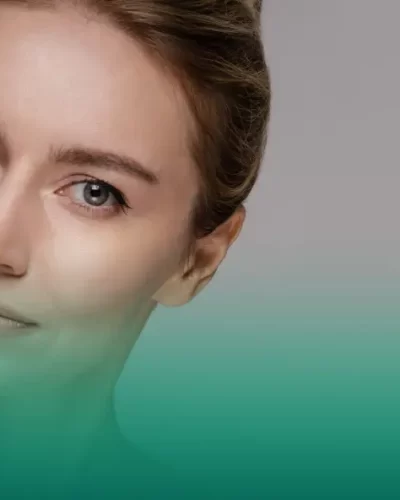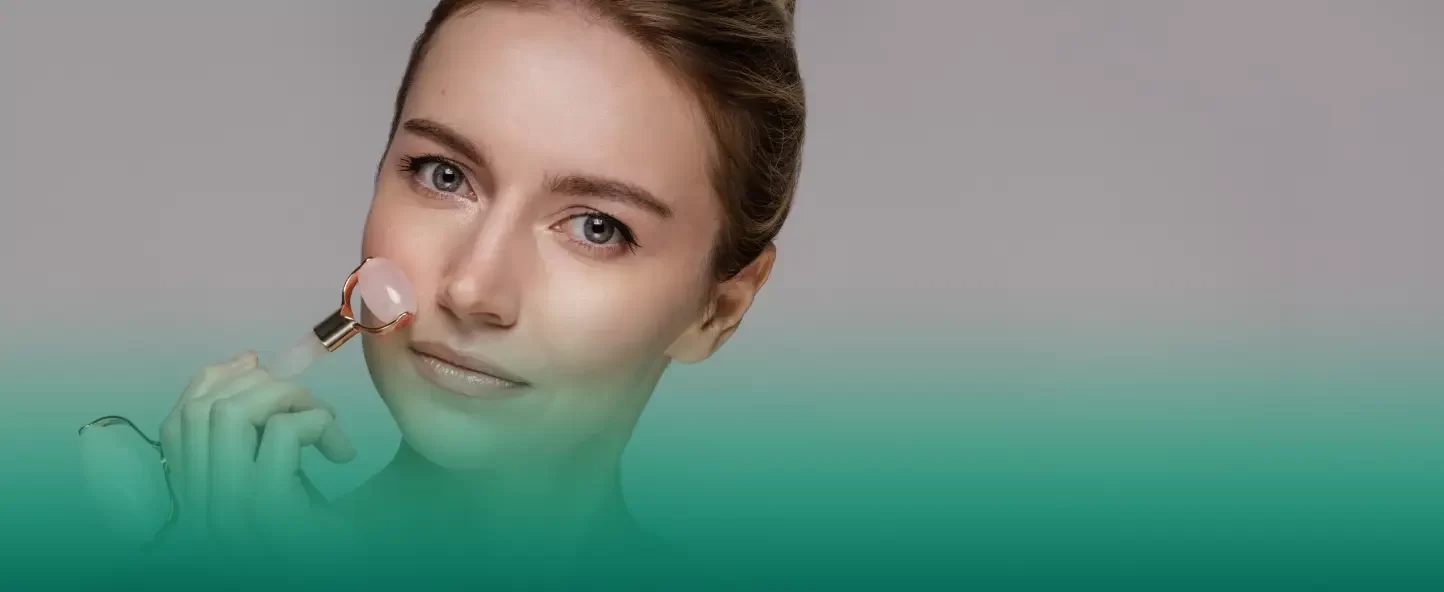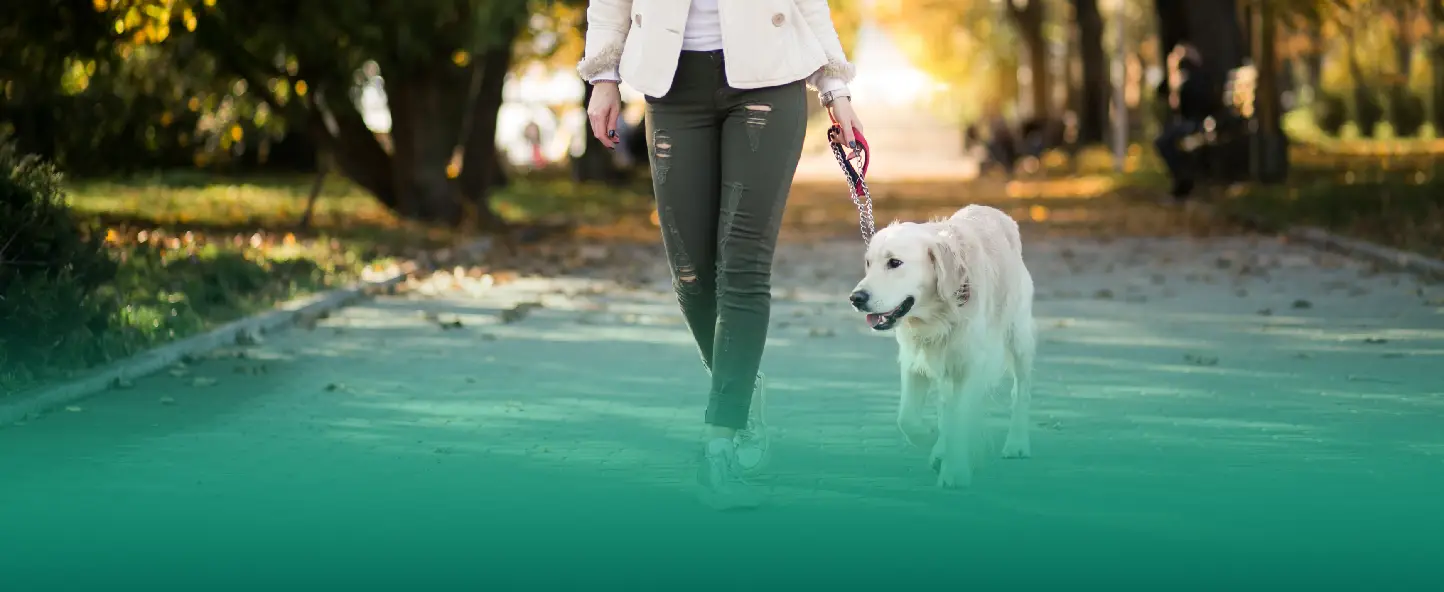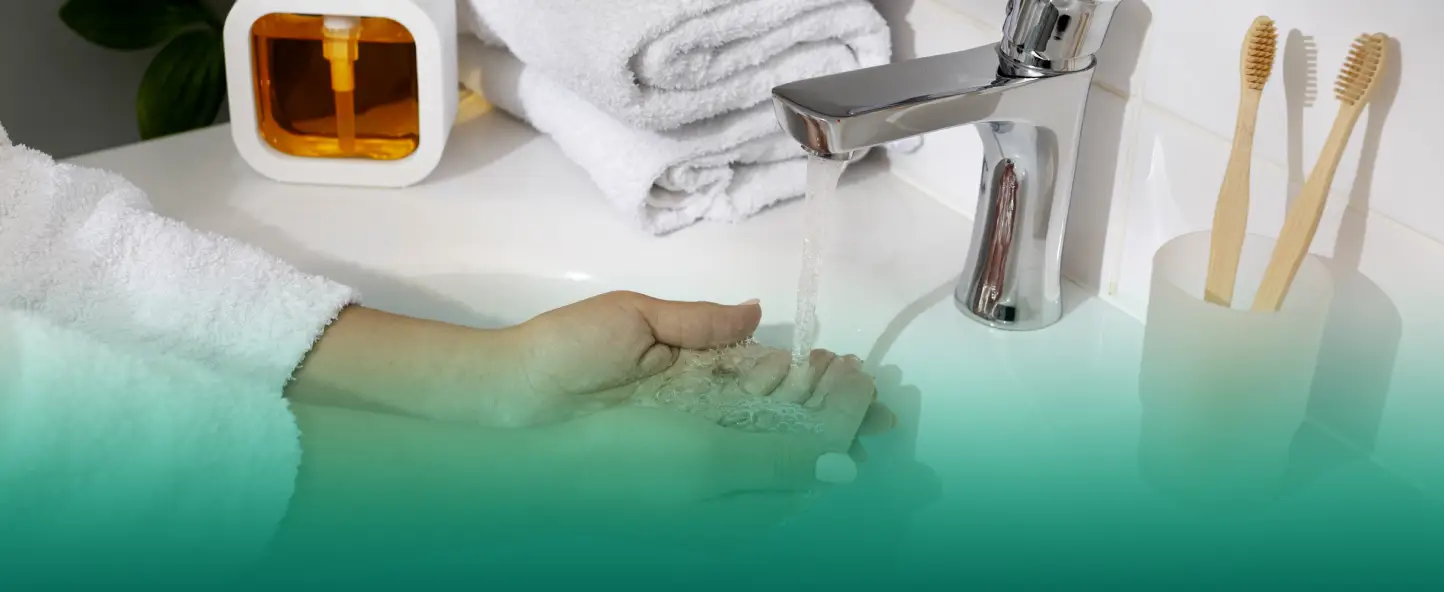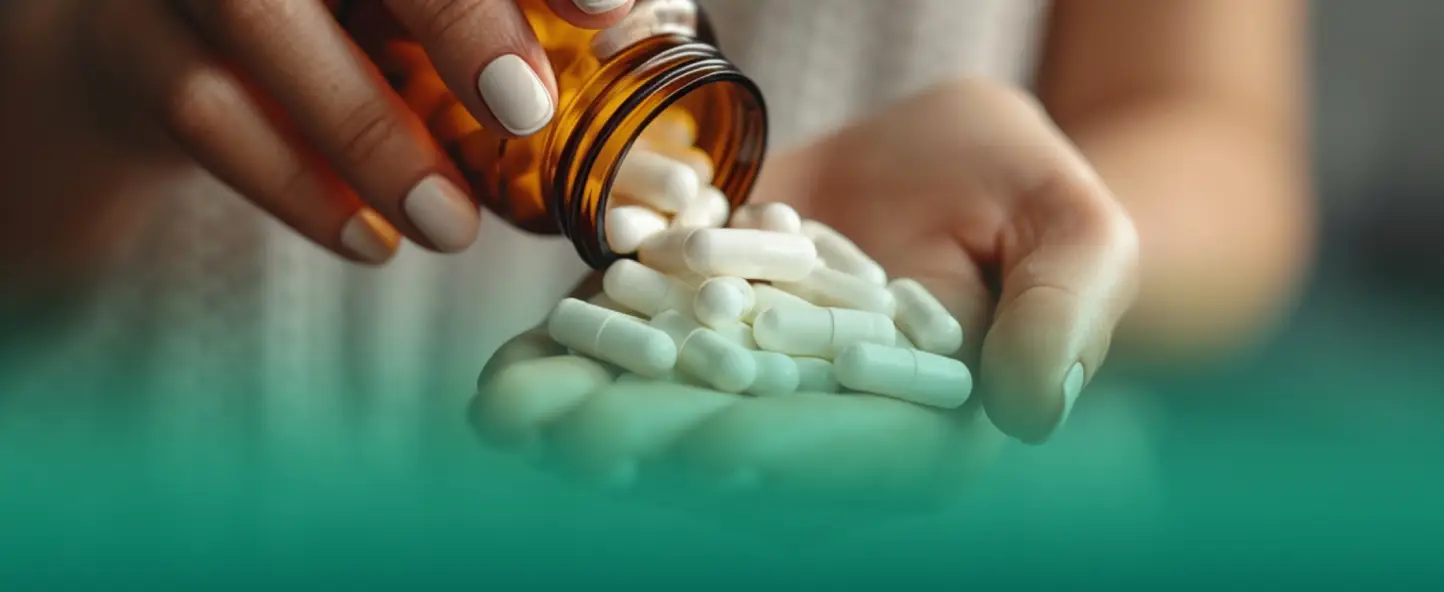Myth: Over time, scars disappear completely or become invisible
Scars form as a result of healing wounds or injuries, and although they may become less noticeable over time, they usually remain on the skin forever. This is a natural healing process in which damaged tissue is replaced with collagen fibers.
The appearance and size of scars depend on the depth of the wound, its location, the individual characteristics of the body and the ability of the skin to heal.
There are a number of techniques that can help improve the appearance of scars. This includes the use of special creams and gels, the use of silicone patches, laser therapy, microneedling or even surgery.
The use of silicone patches helps reduce the appearance of scars by retaining moisture and creating a favorable environment for healing. They are especially effective for scars after surgery.
Laser treatment of scars helps improve them by stimulating collagen formation and skin regeneration.
Myth: Using a tanning salon causes skin cancer
According to a report from the US Centers for Disease Control and Prevention, regular use of a tanning bed among white young adults under 35 years of age can increase the likelihood of melanoma by 75%.
In Europe, it was also found that regular use of a tanning salon by young people aged 20 to 35, taking 12-minute sessions every eight days, increased the likelihood of developing squamous cell skin cancer before the age of 50 by 90%.
Solariums are especially dangerous for young people, and visiting them is certainly not recommended for children and teenagers. Moreover, regular visits to the solarium are considered a risk factor for developing breast cancer. Excessive exposure to ultraviolet rays leads to hormone imbalances and changes in breast tissue. In women who frequently visit solariums, the risk of developing breast cancer after 40 years of age doubles.
In addition, the solarium does not bring any benefit. Even if a resident lives in an area with insufficient levels of ultraviolet radiation, vitamin D deficiency can be compensated with the help of special supplements.


